Real or imaginary? Step inside the alternate world of Jeff Wall's photographs
Jeff Wall's major show at MAAT in Portugal dives into four decades of the photographer's career
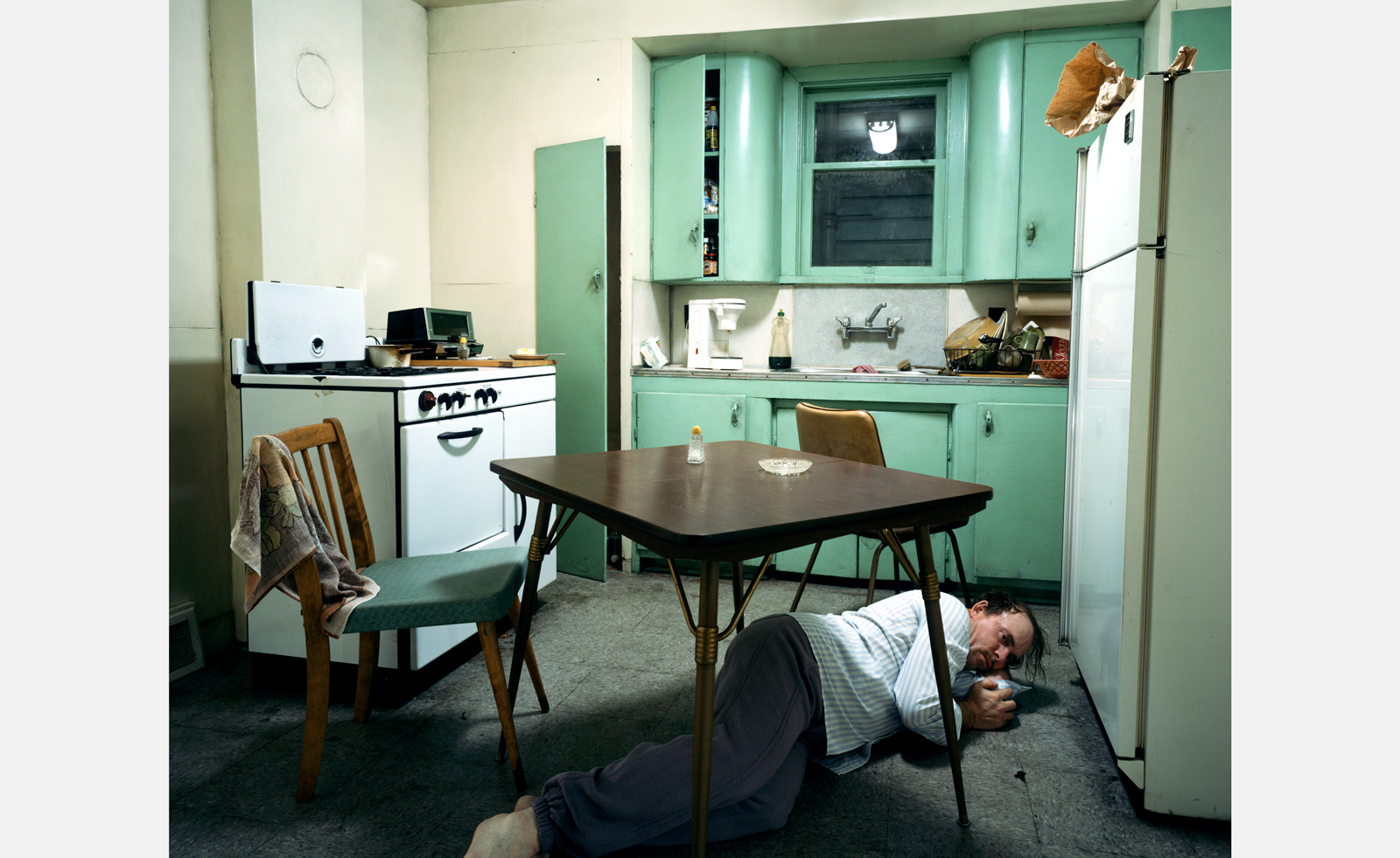
In Jeff Wall’s ‘Insomnia’ (1994), a man lies in a foetal position underneath a spindly kitchen table, his brow drenched in sweat as he stares intensely towards the photographer. ‘Event’ (2021) depicts one man jabbing another’s chest in the hallway of a theatrical building. Both images are included in the Canadian artist’s first survey show in Portugal. ‘Time Stands Still’ at MAAT brings together more than sixty works from the last four decades. These two pieces are shown alongside photographs of energetic figures dancing at gigs and tumbling in conflict in the street.
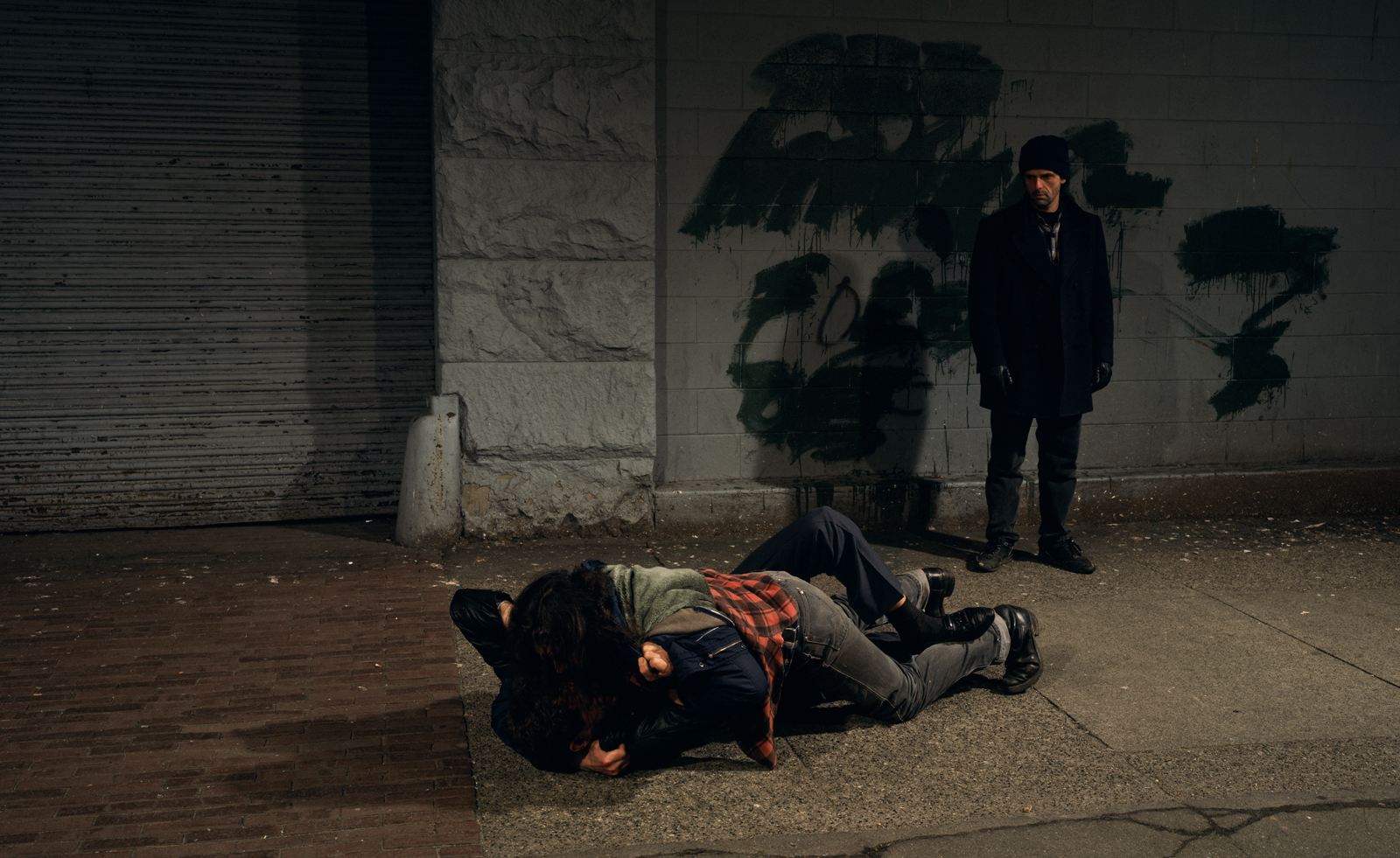
Jeff Wall, A Fight on the Sidewalk, 1994
They beg to be read, their movements and tensions rich with narrative potential. But Wall holds back on providing a greater thematic meaning or throughline. These images, often printed to a vast scale, are inspired by fleeting moments he has witnessed in life, or that have come to his imagination. 'I sense an opportunity to make a picture I haven’t made before,' he tells me, when we speak ahead of the opening. 'I don’t define it any further than that. I’m not that interested in what I feel about the event or circumstance itself.'
While the artist takes a step back from defining his work, it frequently captures moods or events that resonate in the wider culture. He tells me that his iconic image ‘Dead Troops Talk (A Vision After an Ambush of a Red Army Patrol, Near Moqor, Afghanistan, Winter 1986)’ finds renewed interest whenever the subject of war is in the news. 'Once in a while my pictures do connect with what’s going on. Which is nice, but it’s never intended. Maybe somebody sees what I’ve done differently in that moment.' The image was created from his imagination, though it conveys a palpable, real horror, as a pile of zombie-like soldiers loll and glare at one another. 'It came out of my idyll thoughts, there was not anything ‘real’ there, in the sense of a witnessed occurrence. But the war was real, and like many people, I experienced it remotely.'
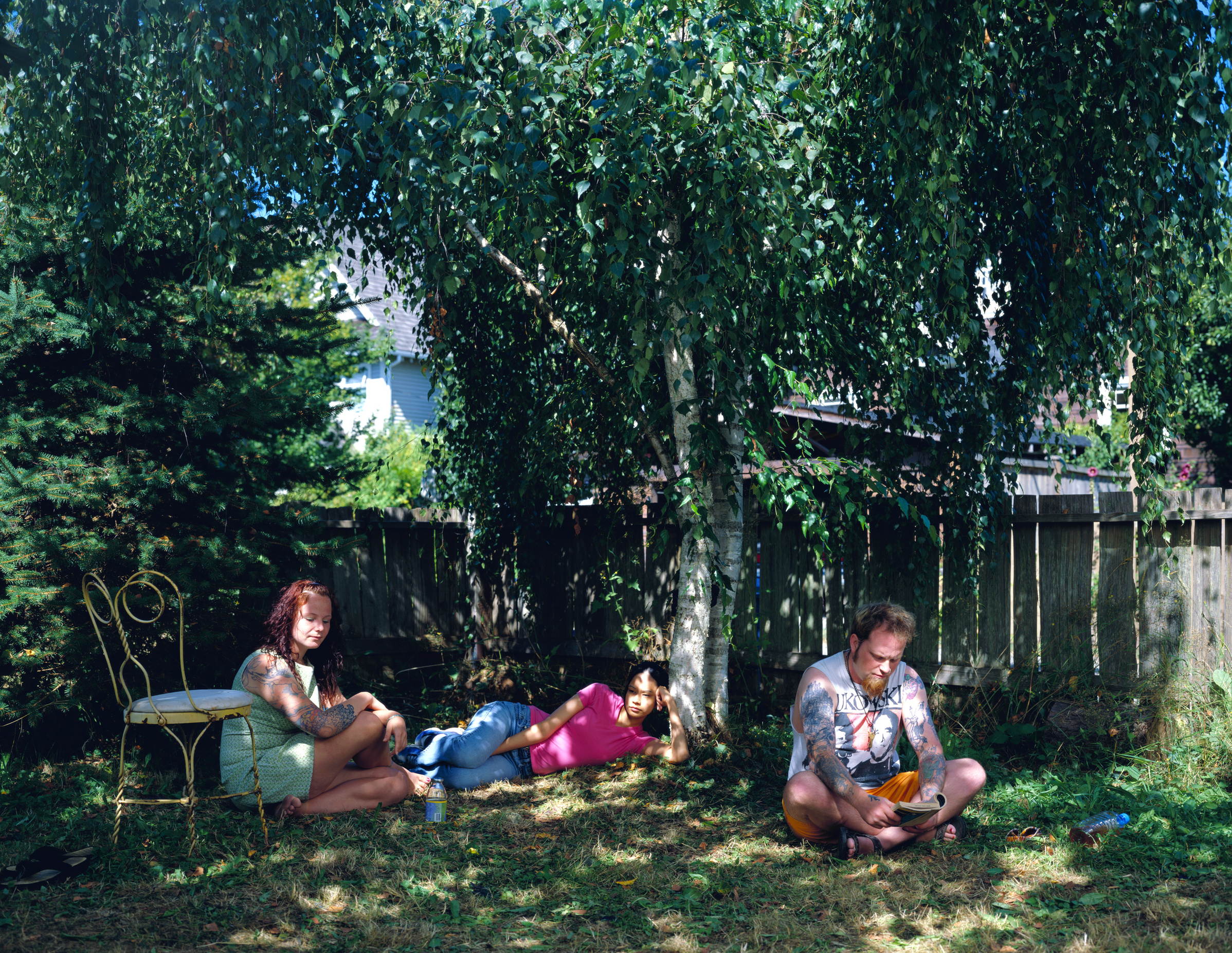
Jeff Wall, Tattoos and Shadows, 2000
Reality and fiction are intricately intertwined in Wall’s pieces. Many are backlit, rendering his scenes with a rich depth. When printed at large scale, they feel like spaces that the viewer could walk into. His sets and compositions tend to be carefully considered, but moments of seemingly instinctive moment cut through them. 'I think my work is a bit misunderstood as being the outcome of very precise and controlled decisions, which is only partly true,' he says. 'Unexpected things happen all the time in the process of making something. All my pictures deal with accident, just as all of them are filled with fact.'
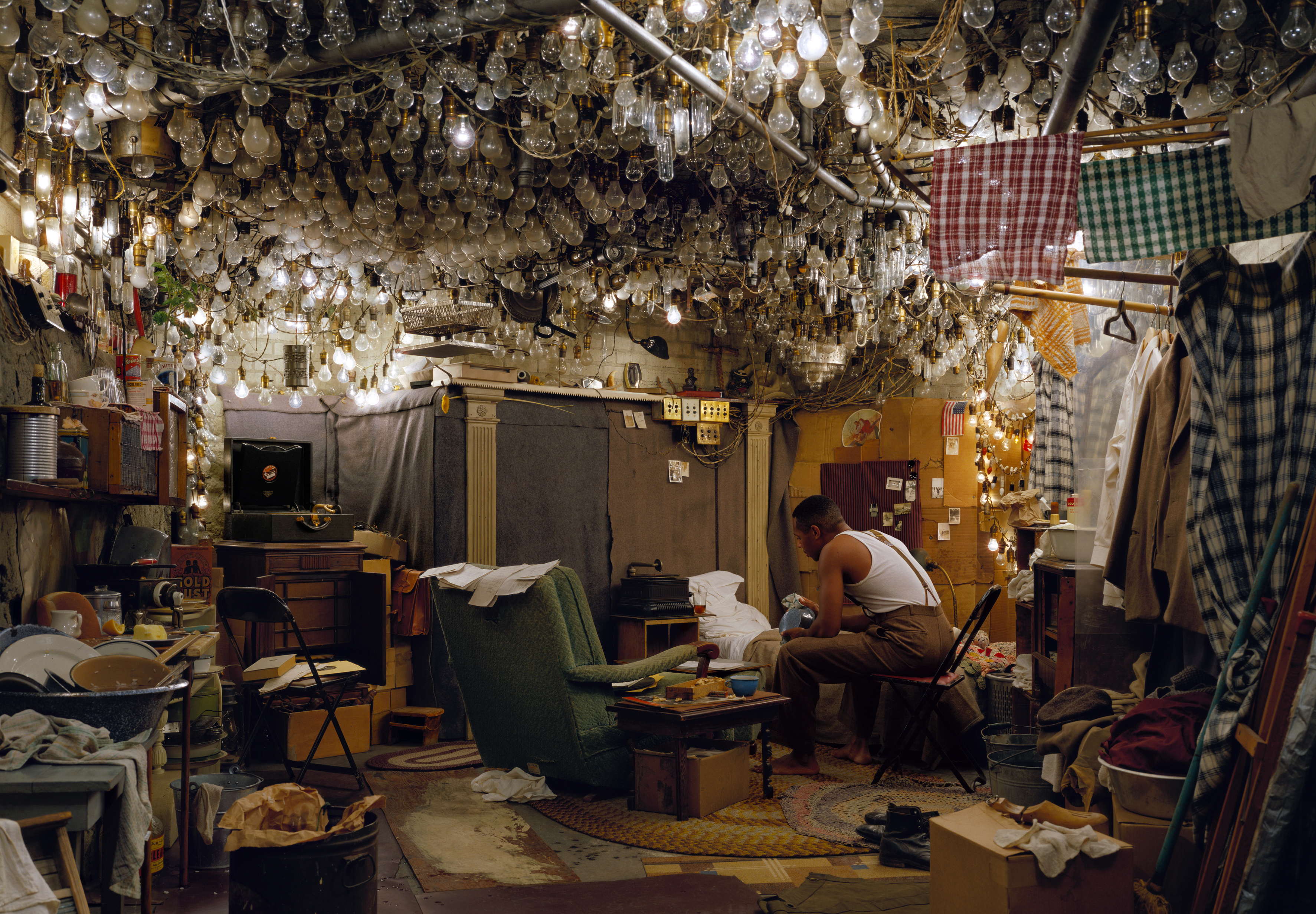
Jeff Wall, After “Invisible Man” by Ralph Ellison, the Prologue, 1999–2000
Wall’s images are taken using film, and the artist still prints his own works. 'I use a film camera as I think it’s better for what I do,' he says. 'I don’t think it’s behind the times in any way. The only thing that is not up to date about my photography is that it’s not circulating on the internet as its primary mode of appearance.' He has used the word ‘cinematography’ to describe his practice before, not to align it with the experience of watching cinema, but because it takes a more expanded form than the classical idea of photography. His work has also been compared with painting, with its dramatic compositions, awe-inspiring size, and focus on the in-person, original experience. 'Like many people, I have learned a lot from painting,' he says, noting the freedom of scale that comes with painted works, and its independence from the publishing industry. 'For a while, photography accepted that it was a reproduction medium. I have nothing against that, but that isn’t the whole story.'
Jeff Wall. Time Stands Still. Photographs, 1980-2023 is at MAAT, Portugal, until 1 September 2025
Wallpaper* Newsletter
Receive our daily digest of inspiration, escapism and design stories from around the world direct to your inbox.
Emily Steer is a London-based culture journalist and former editor of Elephant. She has written for titles including AnOther, BBC Culture, the Financial Times, and Frieze.
-
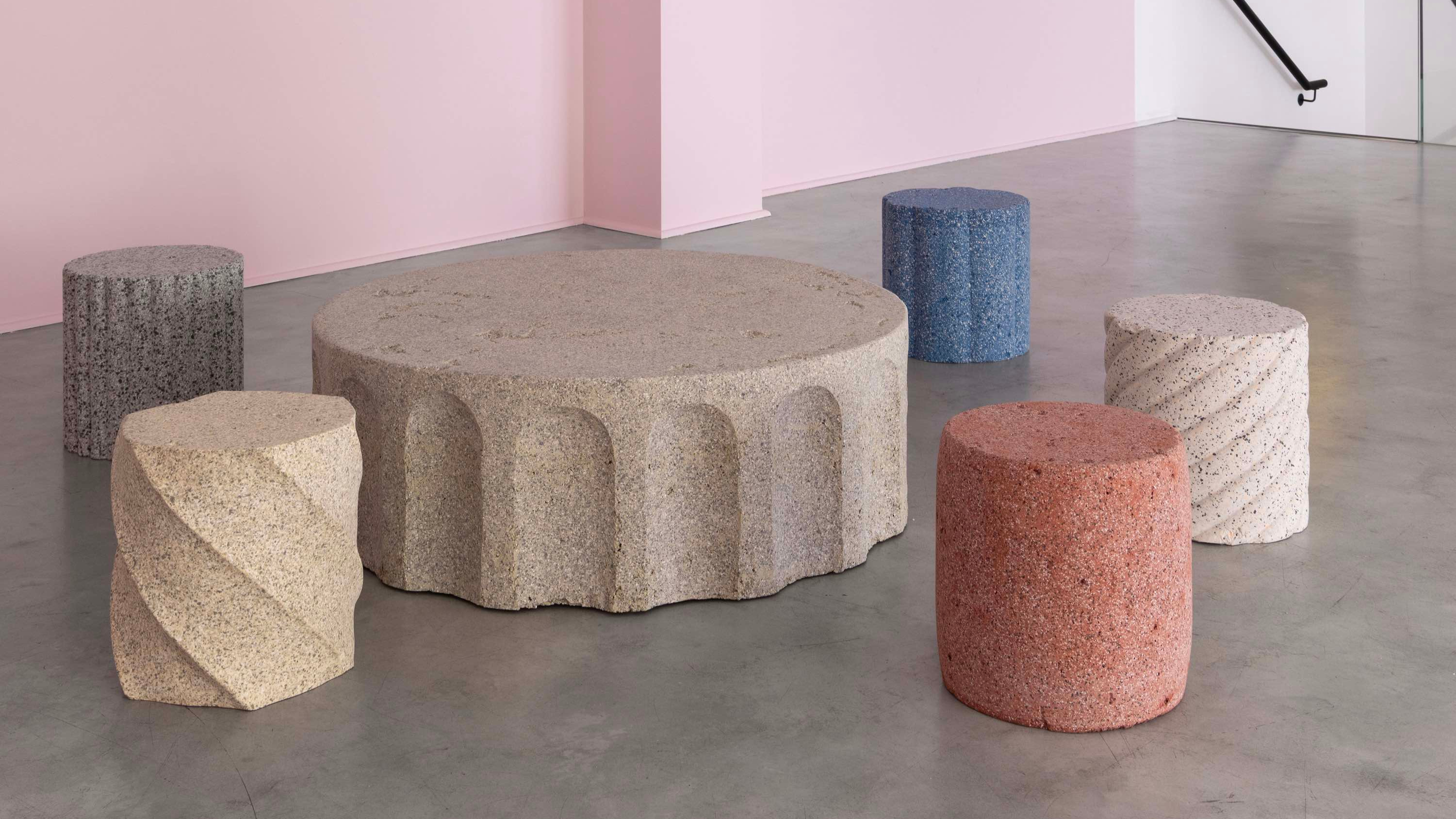 Recycled erasers become architectural illusions at Gallery Fumi
Recycled erasers become architectural illusions at Gallery FumiLondon duo Study O Portable unveil 'Rubber Rocks', trompe-l’œil furniture made from recycled erasers, exploring themes of materiality, memory and architectural decay
-
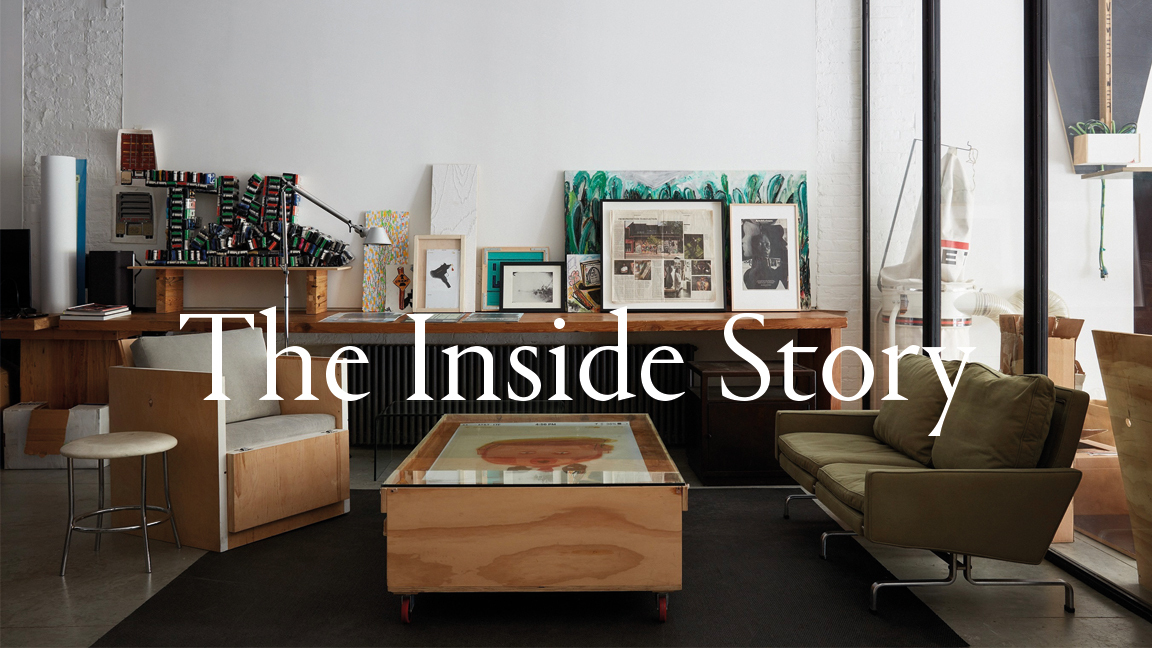 This Manhattan apartment and studio is a shrine to art
This Manhattan apartment and studio is a shrine to artThis New York artist's home is both comfortable and flexible, acting as a studio and a showcase for his work and collected pieces. We take a tour for our interiors series, The Inside Story
-
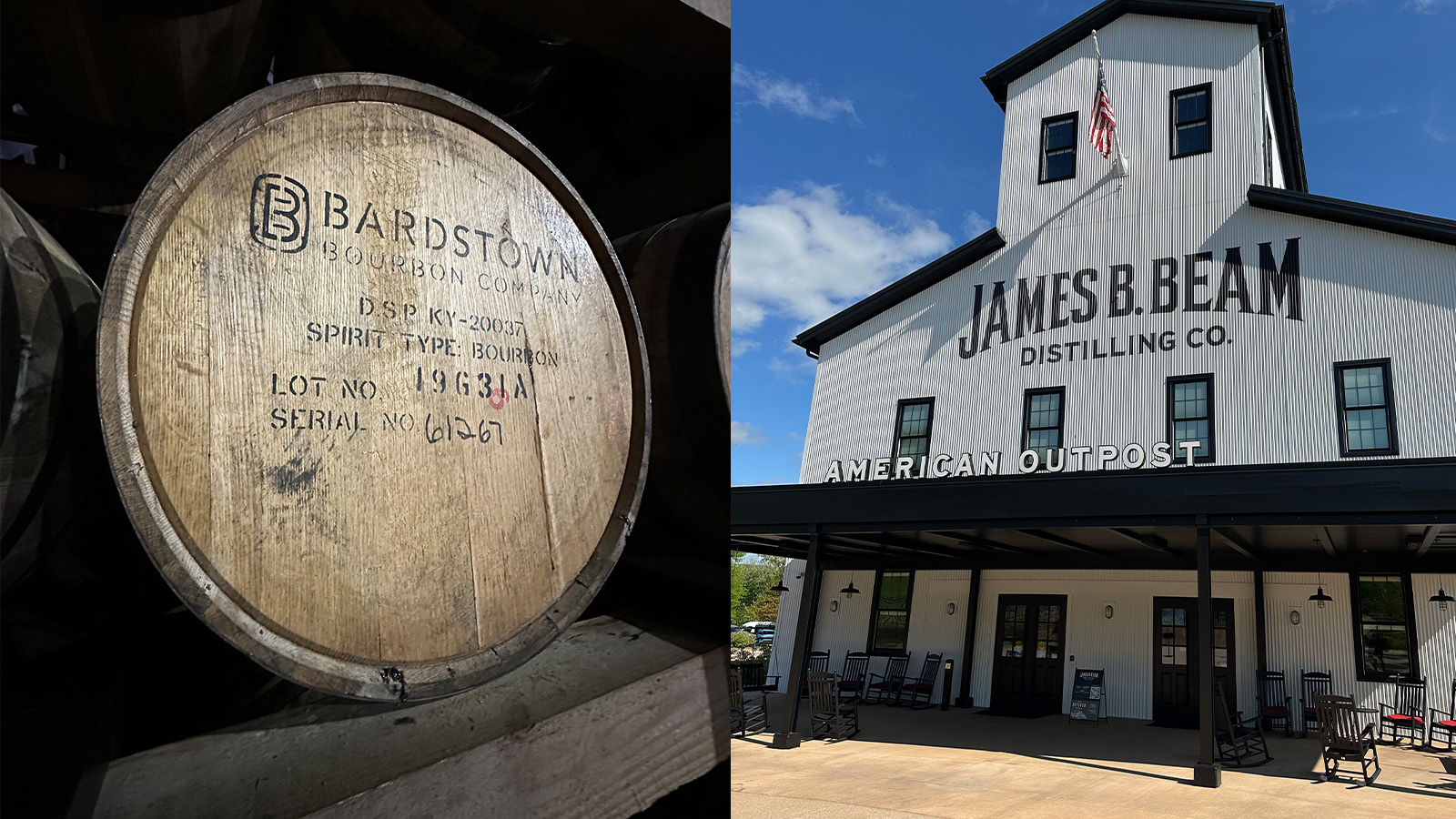 Taste the American whisky revolution with the best of the Kentucky Bourbon Trail
Taste the American whisky revolution with the best of the Kentucky Bourbon TrailOur drinks expert Neil Ridley tackles the Kentucky Bourbon Trail, kicking off in Louisville, to taste-test the best American whiskies – consult his shoppable guide in time for World Whisky Day on 17 May
-
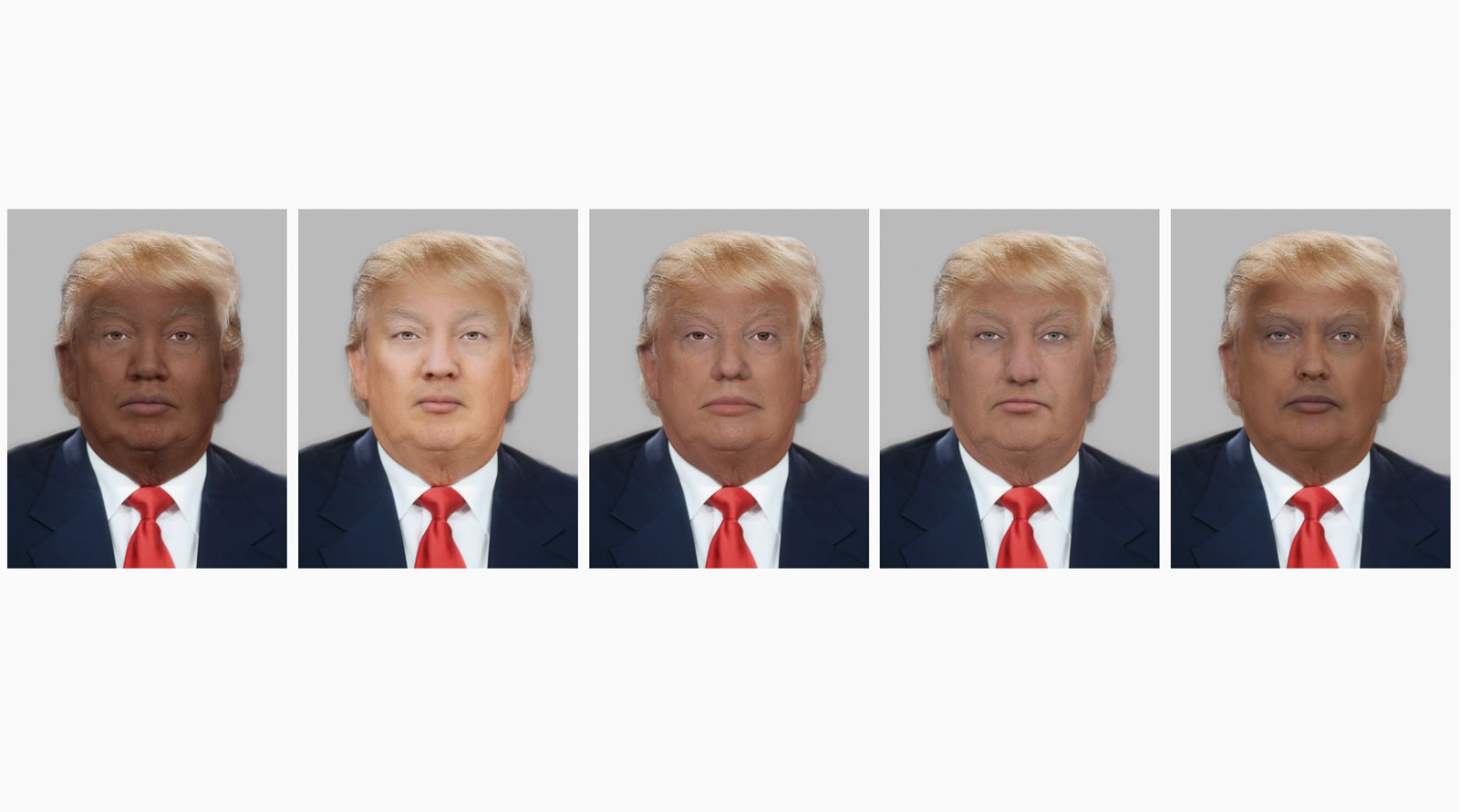 Photographers on the defining events of our time
Photographers on the defining events of our time‘The Horizon is Moving Nearer’, at the Portuguese Centre of Photography, uses different forms of media to evalute key issues of the age
-
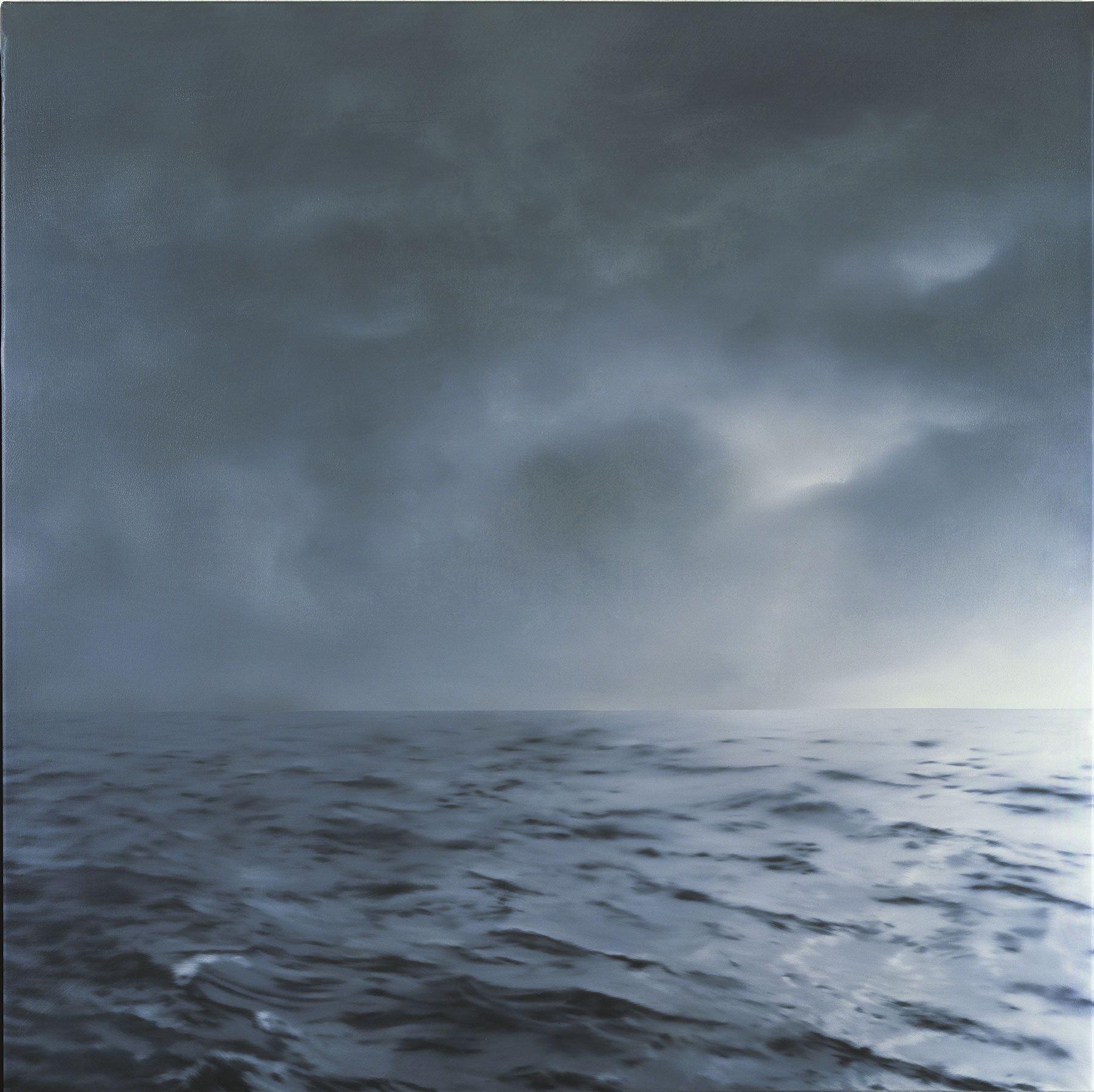 Guggenheim Bilbao offers new perspectives on Gerhard Richter’s seascapes
Guggenheim Bilbao offers new perspectives on Gerhard Richter’s seascapes -
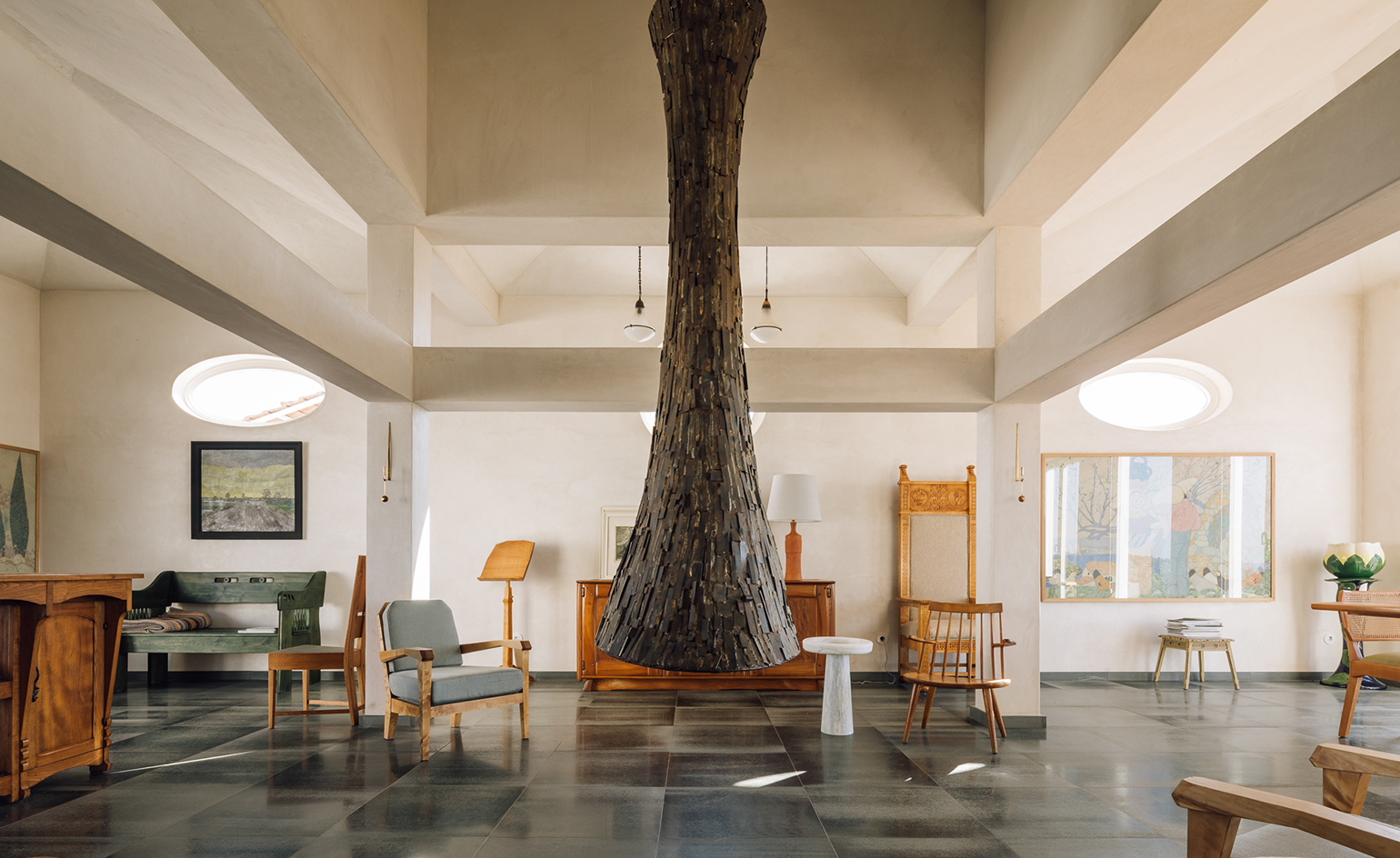 A former farm turns boutique art retreat in rural Alentejo
A former farm turns boutique art retreat in rural Alentejo -
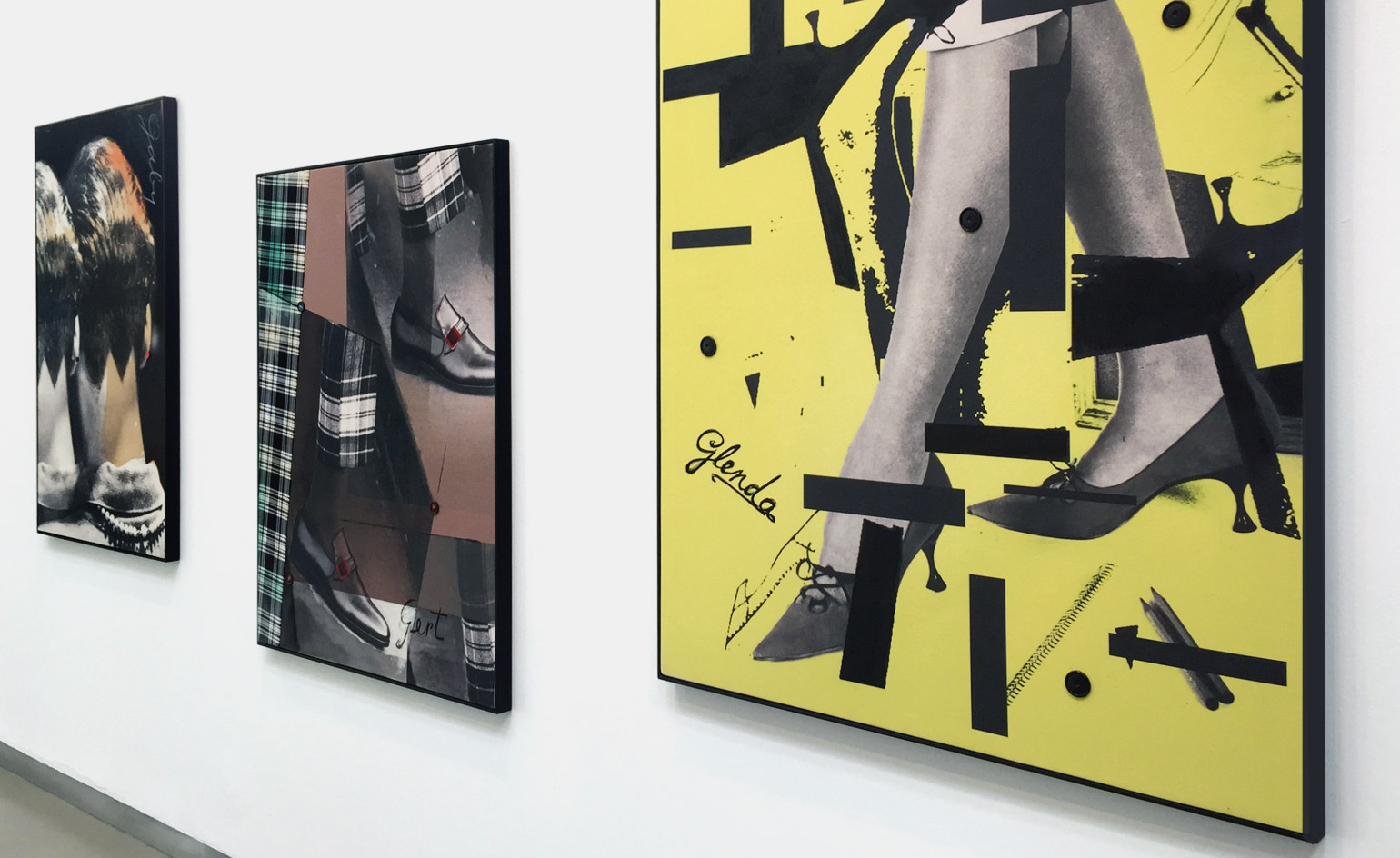 Lisbon rising: a global art hub emerges from crisis
Lisbon rising: a global art hub emerges from crisis -
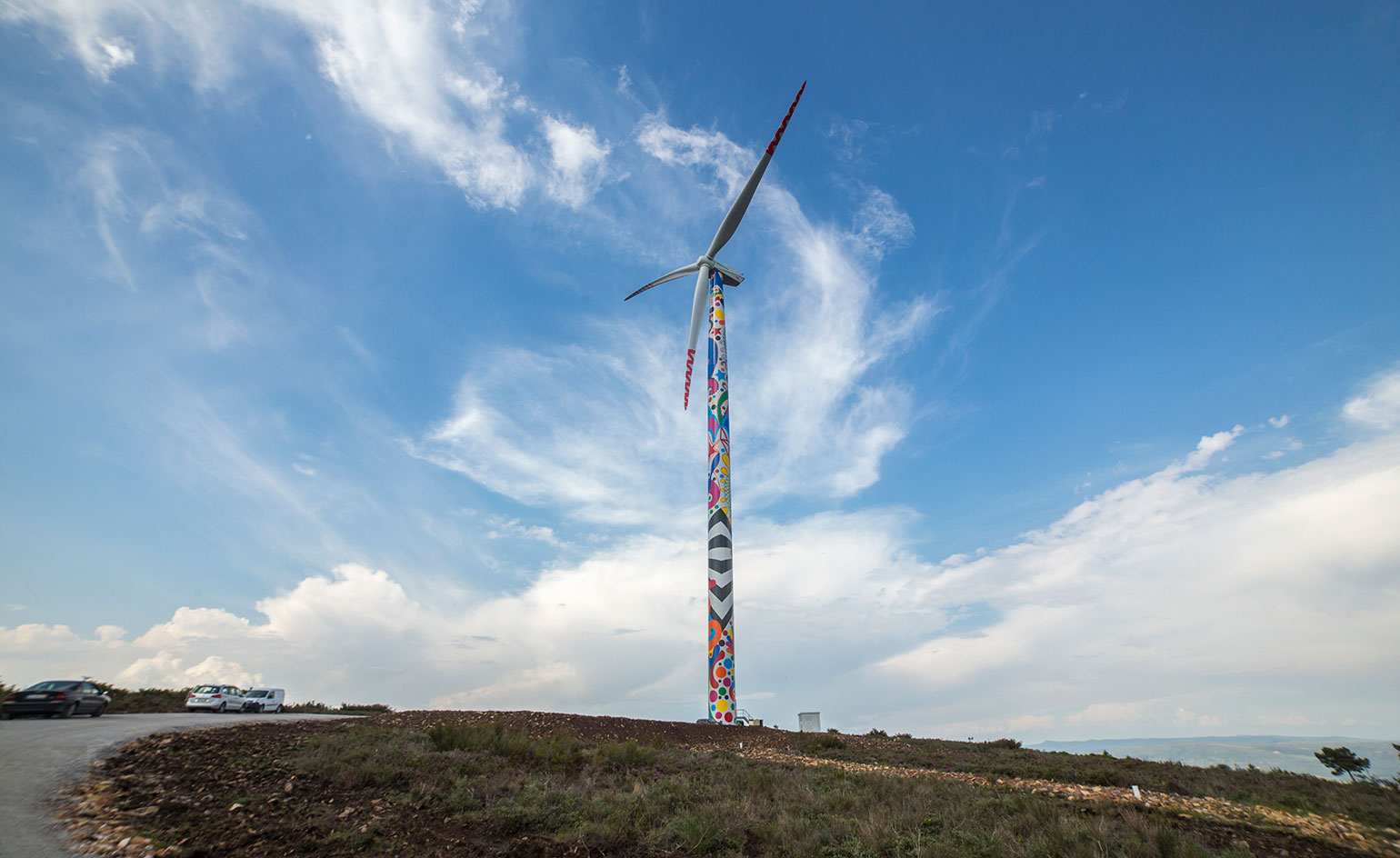 WindArt project: Joana Vasconcelos and Vhils apply themselves to the elements
WindArt project: Joana Vasconcelos and Vhils apply themselves to the elements